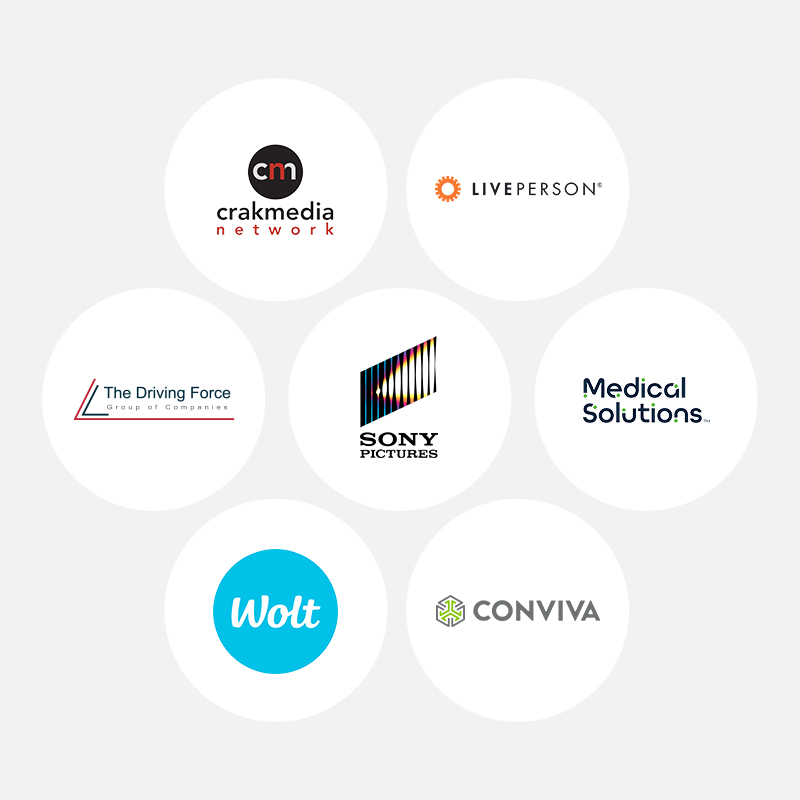Each year management consultancy firm Korn Ferry compiles a list of the World’s Most Admired Companies (WMACs) and provides insights into what makes them so successful. In 2018, their report declared that agility is the top priority of leading businesses with 95 percent of the WMACs saying it is a “critical” or “very important” focus area.
Agility describes how companies successfully deal with the near-constant changes of 21st-century business through becoming more adaptable and innovative. Instead of a traditional hierarchical, top-down and siloed structure, agile organizations are made up of flexible cross-functional teams responsible for determining how to best achieve needed business outcomes.
In this faster-moving, flexible environment, the role of Human Resources as the curator and developer of talent increases in importance. While many CEOs and COOs want their organization to be more agile, they too often focus mostly on the process – the scrums, sprints, and standups of the software development method that started it all. But HR knows that at its core, agility comes from your people.
Agile Organizations are Organisms, Not Machines
McKinsey likens the difference between old company structures and modern agile organizations to that of a machine versus an organism. In the past, businesses sought out machine-like stability and predictability by creating rigid command and control structures. Goals and strategies established at the top filtered down through bureaucratic layers of management until they reached the discrete department charged with delivering the expected outcome.
As the pace of change across all business increased, these paradigms were thrown off by new, unpredictable inputs like disruptive technologies, changing customer needs, new competitors and the ongoing war over talent. Stability is no longer the key to sustained success. Instead, organizations must be more like living organisms, constantly adapting to their environment and evolving new habits, behaviors, and traits that enable them to survive and thrive.
Agile organizations are completely dependent on the ability of their people to perceive, react and adapt to changes in the environment in order to continually improve performance. Forward-thinking HR leaders recognize that it is their organization’s performance management processes that fuel the continuous motivation and engagement of their workforce.
With that in mind, here are five key ways to evolve your performance management program to effectively support enterprise agility:
1. Provide Employees a Purpose
Agile organizations require both individuals and cross-functional teams to innovate and act proactively, without waiting to be told what to do. To avoid anarchy where “everybody does what he or she wants to”, it’s critical for organizations to have a purpose that is clearly communicated to every employee and helps guide their day-to-day decision making – what McKinsey refers to as an organization’s “North Star.” Yet according to a recent survey, only one-third of organizations say that everyone has “a clear understanding of the company’s mission and vision.”
It’s not enough to simply talk about a brightly shining star in the sky. Each employee on the ground also needs a personal connection to this higher purpose. Individual and team goals should be directly and transparently linked to the broader strategies and purpose of the business. This shared sense of purpose and overall transparency is how networks of teams can seamlessly form, disband and reform as they stay aligned to the overall purpose.
In today’s business environment, an organization’s top priorities may rapidly shift to address changing customer needs, new technologies or competitive threats. Your performance management process must give your organization the ability to review and update its top priorities every quarter and, if needed, quickly re-align the entire workforce around new objectives.
2. Help Managers Become Better Leaders
The paradox of a less hierarchical organization is that it demands higher-quality people managers. In an agile business, managers are not simply a link in the chain, passing information down from the decision-makers at the top. In fact, they are the ultimate providers of purpose, developers of talent and facilitators of agility. The problem is that the expectations, experience, and training of too many managers are stuck in the past.
Research has found that fewer than one-third of HR leaders believed their managers knew how to coach and develop their team members. And despite 90 percent of managers saying they want to improve their coaching skills, less than half felt that they were getting the help they needed to improve. Setting the expectation that a manager’s primary role is to motivate and develop employees and training them to be better coaches is crucial in an agile organization.
In an agile environment, your performance management technology needs to guide managers through the crucial conversations they need to have regularly with team members. If it doesn’t, managers who feel uncomfortable about providing performance feedback or having career development conversations will not prioritize these discussions and the overall performance process will suffer.
3. Get Cross-Functional Feedback
Cross-functional teams coming together to work on specific challenges are a hallmark of successful agile organizations. Deloitte’s recent Human Capital Trends survey shows that nearly one-third now do almost all their work as part of cross-functional teams, with 74 percent saying it led to an improvement in performance. This means that more and more individual employees are often working without the day-to-day involvement of their direct manager.
To ensure performance evaluations are perceived as fair, managers responsible for evaluating performance and developing talent must have the ability to incorporate the goals and feedback from these cross-functional teams into each individual’s assessment. They need visibility into the goals of the team as well as the team’s progress towards achieving those objectives. They also need to be able to solicit — at scheduled times and at any time — feedback from the cross-functional team members about the individual’s work product and collaboration behaviors.
This visibility into the work of the cross-functional team and feedback from the other team members ensures managers are able to incorporate each individual’s full organizational impact into both their continuous coaching as well as into discussions around compensation and succession planning.
4. Power internal mobility with workforce insights
Assembling a crack cross-functional team isn’t easy. Managers don’t know much about the strengths and suitability of people outside their direct reports and can be overly-influenced by their own departmental needs, so they are not always the best sources to determine who’s right for a specific project. In fact, 49 percent of organizations say that they don’t have what they need to effectively move people within the business and staff cross-functional teams.
In fact, 57 percent of respondents in the same Deloitte study said it was easier for their employees to find a new job in another organization than within their own. Improving internal mobility can have a positive impact on attrition. Josh Bersin’s research with LinkedIn showed that talent will leave their current employer if they perceive that they have stopped learning and growing in their careers. Conversely, when employees can see how their personal career goals can be met within your organization through internal mobility, their likelihood of attrition is significantly lower.
HR sits at the center of understanding the organization’s needs for cross-functional team staffing as well as the skills and performance of every individual in the workforce. With insights from a performance management program that brings together organizational goals with individual skills and performance insights, HR is better able to support much-needed internal mobility.
5. Manage Performance Continuously
Insights are only as good as the data behind them. If a business is still doing an end-of-year annual review process, it is relying on month-old insights for talent decisions. That’s the polar opposite of agile. All the talent-related tasks that make agile companies successful – goal setting and alignment, training and development, feedback from leaders, managers, and peers – need to be done continuously, so both the employees and the business are always growing and improving.
A complete continuous performance management approach comprises goal setting and alignment to the organization’s purpose as well as guiding people managers through the crucial conversations with their employees around progress, performance feedback and career development. To add value to the workforce and to the business, it needs to be lightweight and seamless within their “flow of work”. This ensures HR and the business always have the up-to-date insights needed from and about their workforce.
Get the Agility to Succeed Today and Tomorrow
70 percent of Korn Ferry’s World’s Most Admired Companies have a “well-developed talent strategy that is aligned with business priorities”, which is nearly a fifth more than those not on the list. For all businesses, redesigning the performance management process resulted in direct improvements in the engagement at nine out of 10 companies. Organizations that score high for employee engagement are 21 percent more profitable and 20 percent higher sales than their rivals.
Focusing on talent development and supporting efforts to become a more agile organization may not get your business on next year’s WMAC list, but it will give your business a competitive edge today and ensure it can adapt to tomorrow’s challenges.







